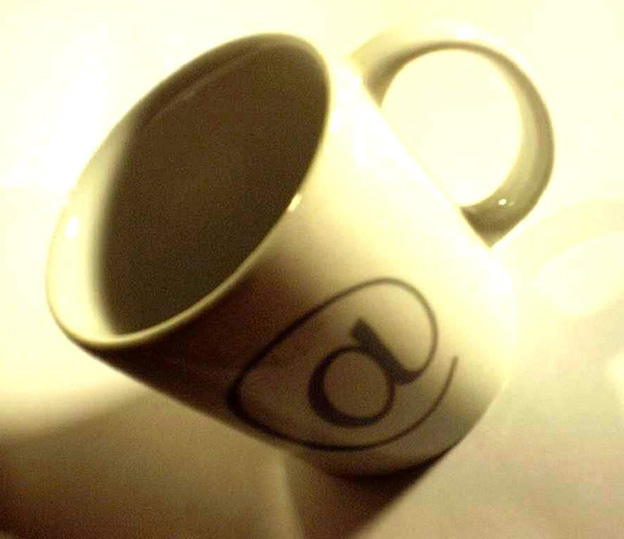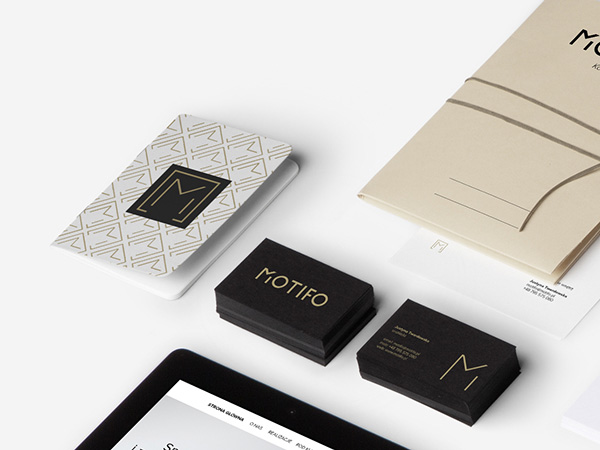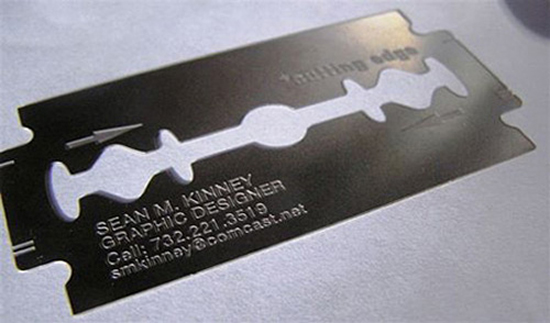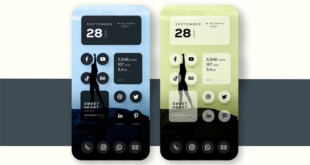In 2015, eMarketer reported that mobile advertising is responsible for the largest share of the growth of global ad market for the next four years. With increased mobile usage, mobile advertising has likewise expanded. However, it is projected that come 2018 there will be saturation specifically in mobile ads (http://marketrealist.com/2015/01/future-mobile-advertising/). Even now, we see plenty of digital ads on social media, as is almost everything else – like that Facebook picture from the past you kept buried yet people always dig up somehow. But that’s beside the point. What we’re emphasizing here is there’s just too much advertising going on, and competition, particularly on social media and other digital platforms, is steep. What we want is to advertise our brand through all this traffic and successfully get our message across. Hence, there’s a need to exhaust all channels for advertising, and this includes the use of previously known traditional media – print.
To make it clear, this article is not about pitting digital advertising against print campaigns. This isn’t one of those who-advertised-it-better writeups. Instead, this will look into just how print campaigns (still) work and why it’s smart to take advantage of prints.
There’s no Blocking Prints of All Shapes and Sizes
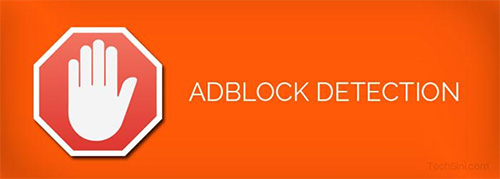 http://techsini.com/wp-content/uploads/2015/04/wordpress-adblock-detect.jpg
http://techsini.com/wp-content/uploads/2015/04/wordpress-adblock-detect.jpg
When we think of print advertising, the first thing that usually comes to mind is 2D print ads displayed in magazines, newspapers, brochures, flyers, posters, and those on billboards. We don’t often think of items such as shirts, pens, bags, tumblers, and accessories as other forms of advertisement. Well, they can be.
These commonly known promotional items are an excellent way to advertise your product, brand, or company and they conveniently last longer too than those thirty-second ads we see on tv or social media platforms like Facebook, Twitter, and YouTube – wait, did someone just tap on Skip Ad?
No matter how vast the presence of digital advertising is and despite the fact that the largest portion of the global ad market is composed of digital ads, there are still easy ways for people to turn off ads if they want to. There are countless ad blocker extensions freely available for download, giving online users the option to keep a blind eye on ads. As advertisers, we don’t want this to happen to products and brands we’re promoting. We want people exposed to our ads for as long as it takes to make a lasting and positive impression on them. So, this is where print ads come in – not to take over digital ads but to fill in the gaps that are there.
The power of creative print and promotions
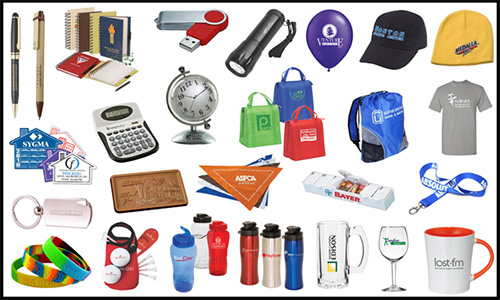 http://wordpress.rapportassoc.com/printvisions/wp-content/uploads/sites/3/2015/01/promo_products_copy.jpg
http://wordpress.rapportassoc.com/printvisions/wp-content/uploads/sites/3/2015/01/promo_products_copy.jpg
Imagine people have turned on their ad blockers or they’ve decided to unplug from social media or other forms of technology. These things can happen, and they do happen, so it’s also worth our time to imagine how our ads will reach these people trying to avoid digital advertising overload. Or even if they’re not avoiding any ads, promotions in certain forms can be as efficient and fun, if not more, as their digital counterparts. Take the following examples to see just how ingenious and varied print advertising can be.
Y+ Yoga Center in Shanghai decided to up its advertising game by printing an image of a person on the flexible part of drinking straws. Once bent, these straws show an image of a person back bending, doing one of the most famous yoga poses there is in the yoga world. Aside from the intelligent design, another smart move from the yoga center is giving away these straws in fruit juice bars where there can be more potential yogis than say at the arcade.
An organization called Alzheimer’s New Zealand also came up with a fitting and useful promotional item. They gave away USB drives with working erasers for a casing. Printed on one side of these erasers were the words “Alzheimer’s Erasers. Your memories. Save them.” On the flipside of the USB erasers were the organization’s logo and website, which people can check out for more information.
This next ad is one scary and direct-to-the-point kind of promotional product. D.D. Drin Insect Elimination took advertising to a different level when they decided to print ads on fake cockroaches, which they slipped under the doors of people around town. On the belly of these fake roaches were the words “See how easy it is to get into your house?” as well as the contact details of the company. Now, if people realized these were promotional items instead of live ones, then maybe they’d instantly call those D.D. Drin guys on their next close encounter with the real kind.
The three examples above are but a few items that clearly show us how print advertising in the form of promotional products can make quite an impression while in different shapes and sizes. Consumers will find no need to block these items when they’re amusing and useful at the same time. So when objects have ads printed on them, particularly those that consumers use (like the straw and USB – bless the person who uses cockroaches for whatever reason), then these ads have the potential to deliver their messages, clear and sharp.
Author’s Bio
Earl Jonathan Tech is the founder of PrintMeister, one of the newest online companies offering customised printing services that cover anything from custom mugs to personalised compliment slips. He is devoted to his business yet writes on his free time.
 CoalesceIdeas Web and graphic design ideas for inspiration
CoalesceIdeas Web and graphic design ideas for inspiration
